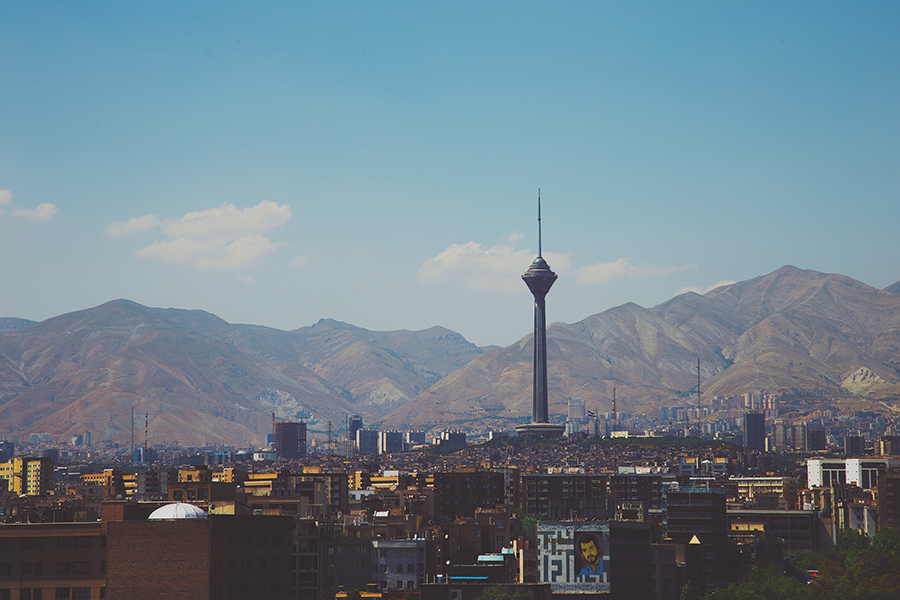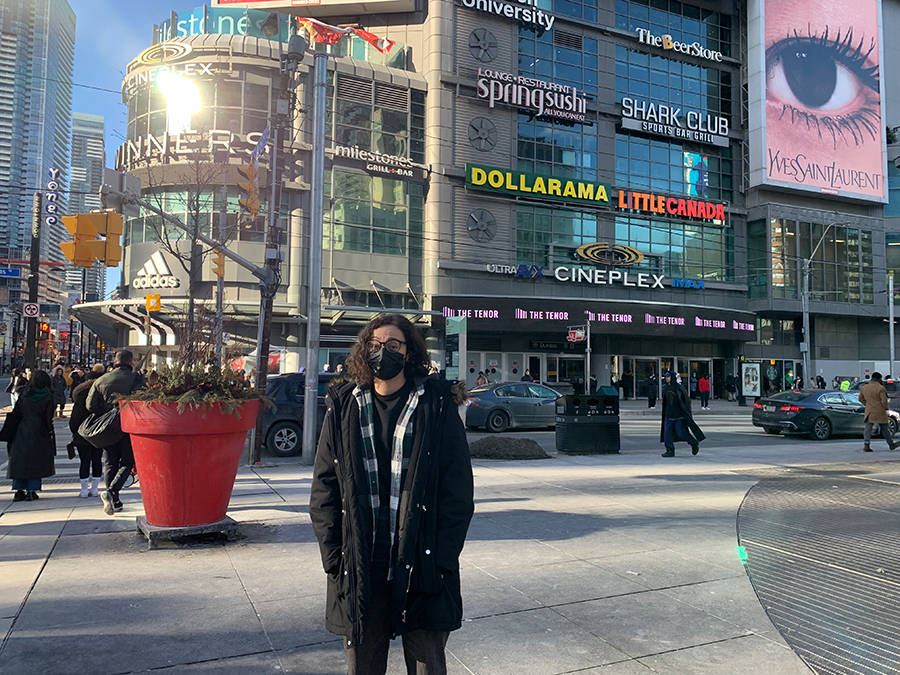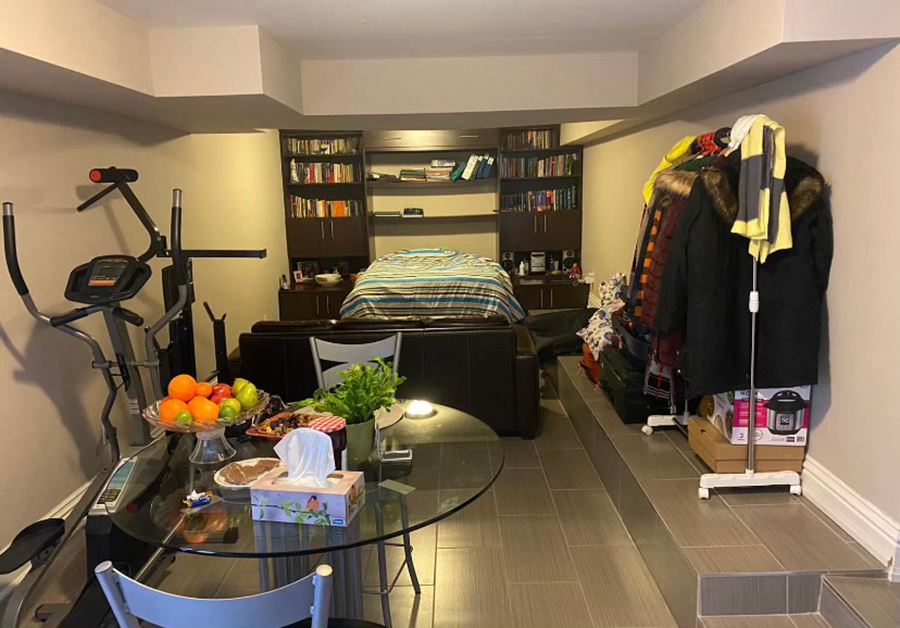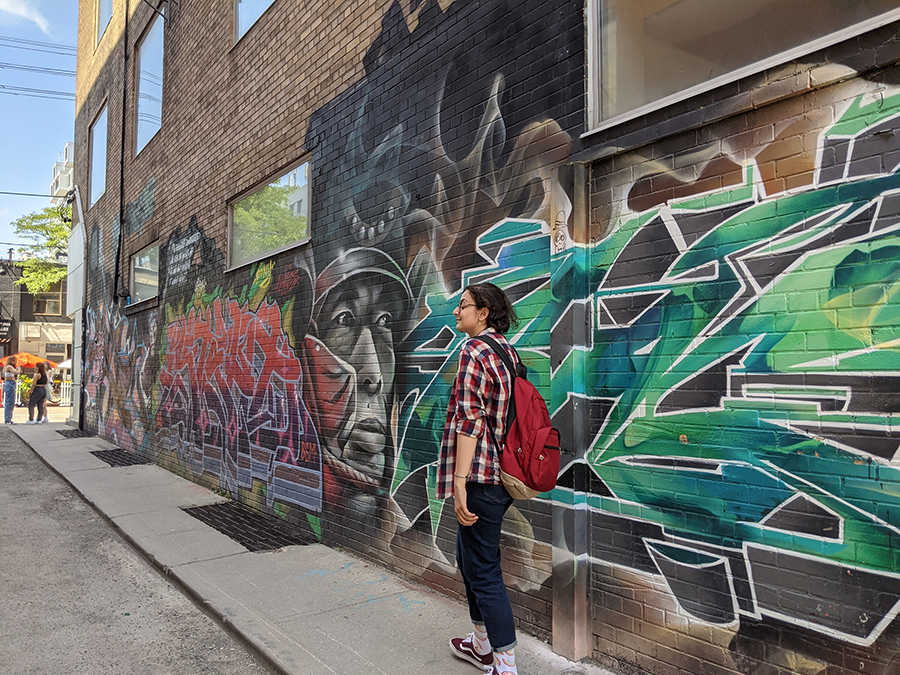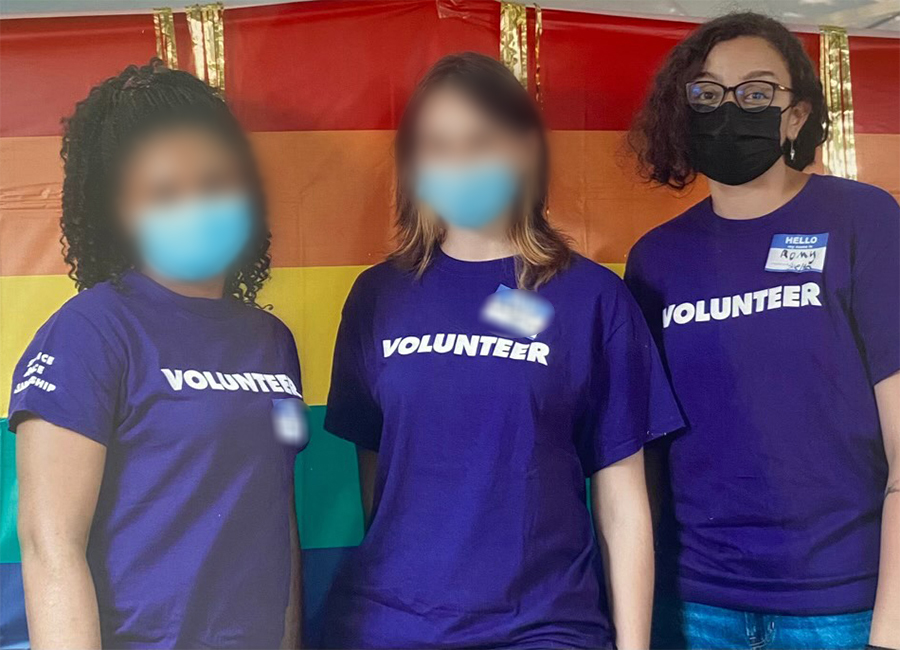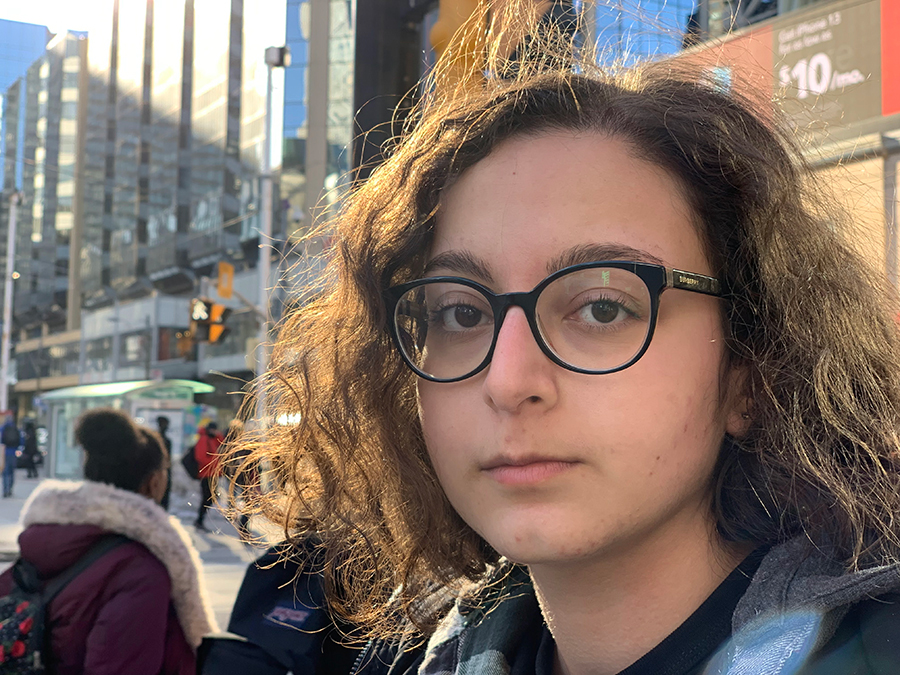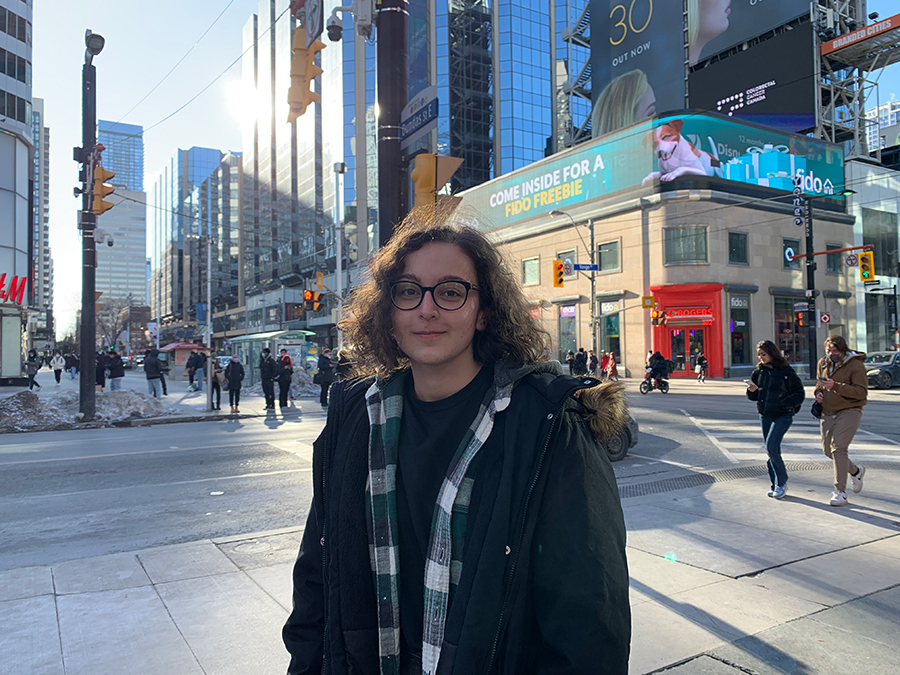By Mana Hosseini
Not long after Romina Yousefi moved to Canada from Iran, she decided to grab a coffee with a co-worker. A few minutes into the conversation, before Romina could even take a sip of her coffee, the co-worker abruptly asked, “Oh, where are you from?”
Romina was shocked. Had she said something wrong? Where did that question come from? It filled her with shame and embarrassment. “He only asked that because I have an accent,” she thought. If only her parents had moved here when she was younger. If only she had gotten a chance to grow up here, to sound natural, to be normal.
The need to belong is a natural desire, especially when you don’t. This is a shared struggle most, if not all, Middle Eastern immigrants face in Canada. Canada claims to be a multicultural haven for immigrants, yet Middle Eastern immigrants feel pressured to assimilate to Western culture in order to find some acceptance within Canadian society. As a result, many struggle with their identities and sense of belonging. It is never easy to be an immigrant, not even in a land that defines itself by its immigrant population.
In 2021, more than 400,000 immigrants received their Canadian permanent residency, and nearly 40 per cent of them were from the Middle East, according to CIC News.
Marshia Akbar, a researcher on the economic and social integration of migrants in Canada, says although immigrants are grateful to find a new home, it comes at a cost. Canada is built on the foundation of colonization and racism. “The Canadian immigration policy has always been racist,” Akbar says, noting that until the late 1960s, non-European individuals were not allowed to migrate to Canada.
Ukrainian refugees are being welcomed into European countries that were previously hostile towards Middle Eastern refugees, CBC News reports. Recent news coverage of the Ukraine invasion has compared Ukrainian and Middle Eastern refugees to prove that Ukrainians are eligible to enter European countries, arguing that Ukrainians look like themselves.
“These are Christians. They’re white. They’re very similar [to us],” said Kelly Cobiella, NBC News reporter. Although Canada’s immigration policy changed decades ago and welcomed Middle Eastern immigrants, many newcomers are still subjected to racism.
Baran M. Hosseini, who immigrated to Canada from Iran almost 10 years ago, blames Western media for the negative stereotypes associated with Middle Eastern people. “There is not much media coverage, and if there is, it’s always about terrorism and not anything good,” she says. Middle Eastern immigrants are directly affected by negative portrayals which determine how they are treated and viewed by Canadians.
Hosseini adds that Canadian society puts a lot of emphasis on people’s skin colour and ethnicity, and pressures immigrants to identify with distinct groups of society based on the two. “When I was in Iran, I never thought I had to fit in a mold or identify as something specific,” she says. But when she came to Canada, Hosseini was forced to identify where she fit in. “If I say I’m white, nothing about white culture resonates with me. If I say I’m brown, I don’t look brown. I can be white-passing.” As a result, Hosseini continues to struggle with her identity and has given up trying to find an answer. “That’s how I cope with it, but it doesn’t mean I’m past that confusion,” she says. “I think it will always be with me.”
“Canada has provided [immigrants] with so much that they don’t have a reason to complain about the loss of identity.”
Almira Siddiqui
Almira Siddiqui has also had a difficult time discovering where she fits in. Growing up in Canada, Siddiqui’s Pakistani heritage was often ignored and rarely discussed in her household. Siddiqui’s mother had “completely assimilated to Canadian culture” and rejected her own. That mindset was passed on to Siddiqui and played a prominent role in shaping her identity. “When I was growing up, I didn’t like to be associated with Pakistan at all,” she says. “People would call me ‘coconut’ and ‘white-washed,’ and I prided myself on that.”
Siddiqui eventually moved past that mindset when she attended a Muslim school and learned more about her culture and her people. Although Siddiqui still has trouble connecting with her roots, she now has “a more balanced identity” compared to when she was a child.
Akbar insists that the need to be validated and accepted within Canadian society is not the only reason behind cultural assimilation. Newcomers must find financial stability to survive, something that can only be achieved through a job. However, it is not easy to find a job as an immigrant due to cultural and language barriers. Therefore, immigrants are forced to look and act like a “Canadian” to break down those barriers.
The struggles and confusions that come with immigration are quite common in Middle Eastern communities — yet anyone rarely talks about them. Siddiqui has a theory as to why. “Canada has provided [immigrants] with so much that they don’t have a reason to complain about the loss of identity,” Siddiqui says, noting that this loss seems like “a small price to pay” for the new lives immigrants have been given.
Even after 14 years of living in Canada, Akbar still struggles, because being an immigrant will never become easier — what becomes easier is dealing with the challenges of immigration.
“It’s not that with time the challenges disappear,” Akbar emphasizes, “challenges will always be there.”
Baran M. Hosseini has no relation with the writer.

